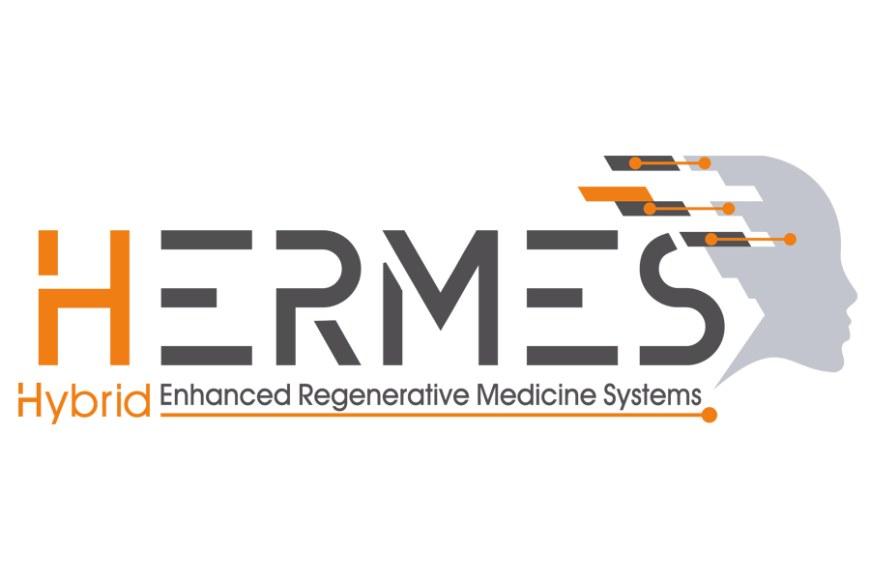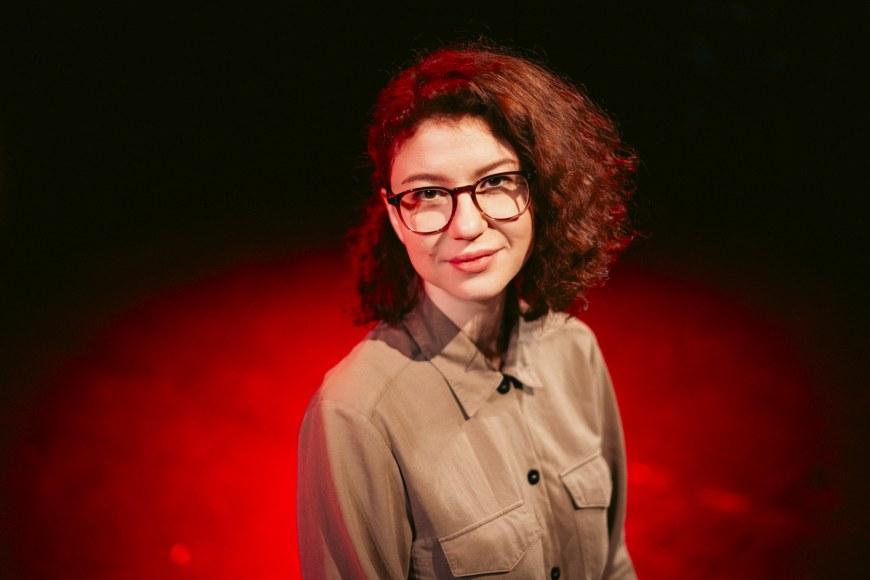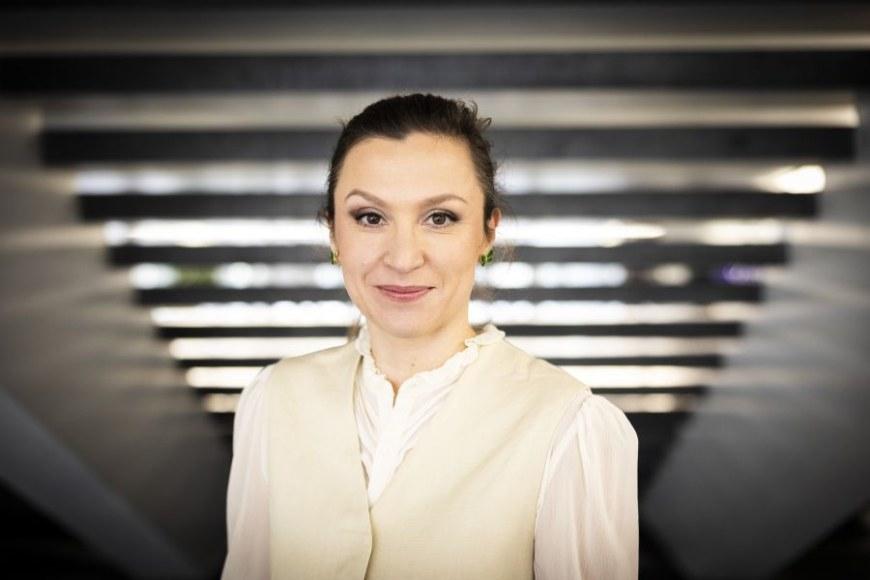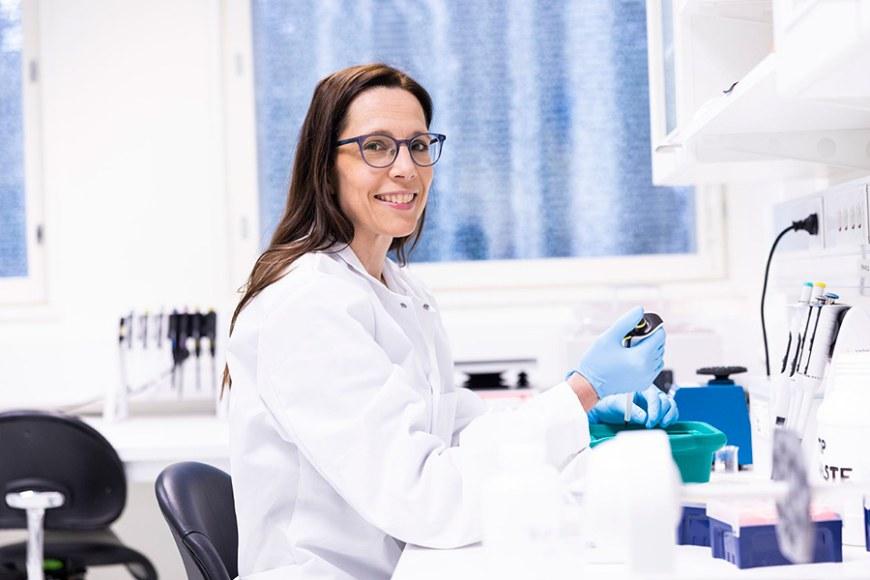Research holds promise for new epilepsy treatments

The goal of HERMES is to develop a unique brain implant that combines lab-grown biological tissue derived from stem cells with electronic and technological components. The implant is intended to heal the damaged part of the brain.
“The project is extremely ambitious and seeks to combine multiple technologies into a first-of-its-kind hybrid system,” says Professor of Biomedical Engineering Jari Hyttinen of Tampere University.
Hyttinen leads the Computational Biophysics and Imaging Group in the Faculty of Medicine and Health Technology. In the HERMES project, his group is developing methods for measuring and controlling the function of the brain and the biological tissue graft to maintain normal, or non-epileptic, brain function.
Epilepsy is a brain disorder that in its severe form may cause progressive damage to certain areas of the brain. Epilepsy affects 50 million people worldwide, including 8 million in Europe alone.
The HERMES project focuses on temporal lobe epilepsy, which is the most common form of epilepsy and may be resistant to current pharmacological therapies. Temporal lobe epilepsy affects areas of the brain that are involved in learning, memory and emotions, such as the hippocampus.
The project aims to rebuild the part of the hippocampus damaged by this form of epilepsy. The team of researchers will not only fabricate hippocampal tissue in a laboratory but also develop a neuromorphic neuroprosthesis that mimics the behaviour of neurons. These two components will be implanted in the damaged area of the brain in an animal model. The neuroprosthesis, equipped with artificial intelligence, will guide the implanted tissue to integrate into healthy brain tissue. The aim is to avoid the typical alterations that epilepsy may cause in the brain.
The neuroprosthesis will serve as a “trainer” for the lab-grown tissue and be discontinued upon complete regeneration and functional recovery of the brain area.
“At the end, there will be no neuroprosthesis or AI technology in the brain but purely biological neural activity. We call the new paradigm introduced by HERMES enhanced regenerative medicine,” says Gabriella Panuccio, PI and coordinator of the HERMES project from Istituto Italiano di Tecnologia (IIT).
The project has received approximately €8 million of funding from the European Commission under the Future and Emerging Technologies (FET) Programme of Horizon 2020. Like most FET projects, the goal of HERMES is to develop a proof-of-concept to demonstrate the feasibility of the idea. If the project is successful, clinical trials will follow.
The HERMES research consortium comprises Istituto Italiano di Tecnologia (coordinator, Italy), Università degli Studi di Modena e Reggio Emilia (Italy), Università degli Studi di Verona (Italy), Agencia Estatal Consejo Superior de Investigaciones Cientificas (Spain), Politecnico di Milano (Italy), Aarhus Universitet (Denmark), the University of Glasgow (UK), Fundacion Instituto de Estudios de Ciencias de la Salud de Castilla y Leon e Universidad de Salamanca (Spain), Eurokleis S.r.l. (Italy), Radboud Universiteit (the Netherlands), Den Institute (Belgium) and Tampere University (Finland).
HERMES website
HERMES on Twitter
Email: info [at] hermes-fet.eu
Inquiries:
Professor Jari Hyttinen, tel. +358 40 849 0020, jari.hyttinen [at] tuni.fi





